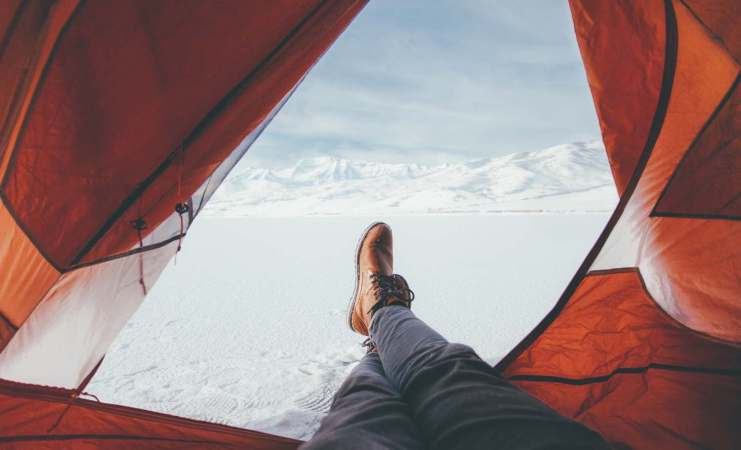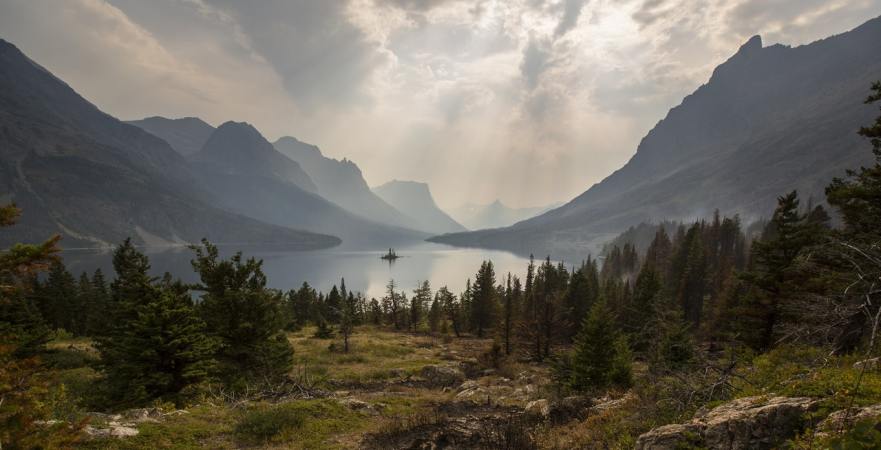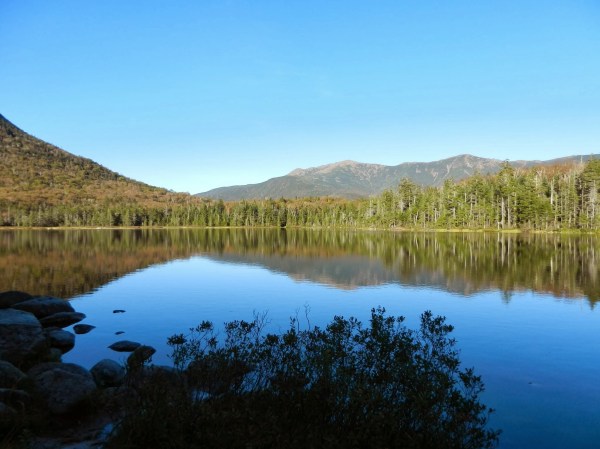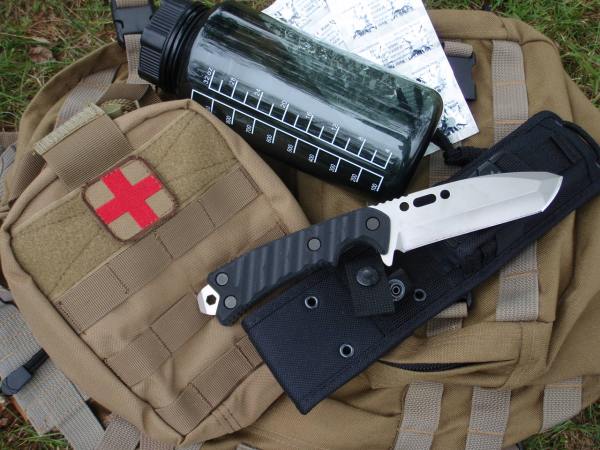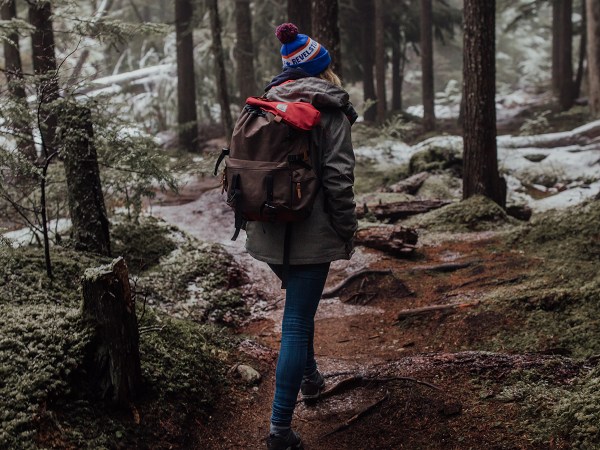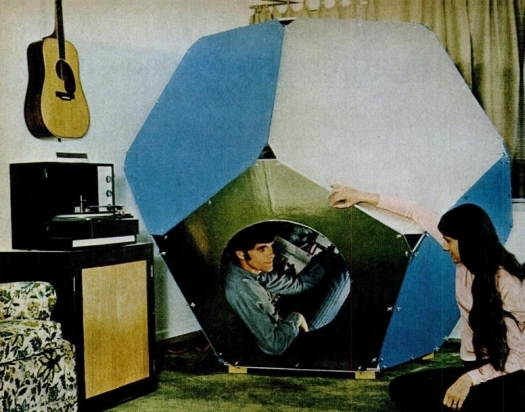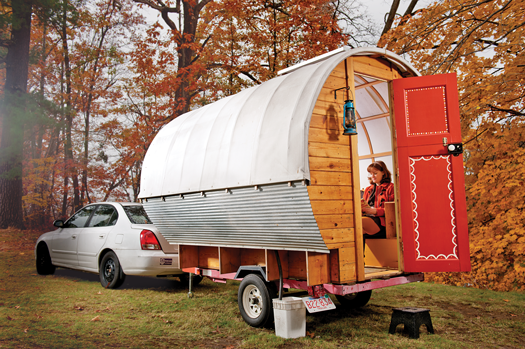

Last year amid the pandemic, many of us took to nature to find some space and solace. For some, what started as brief escapes developed into a fledgling camping hobby. A year later, as we look to keep outdoor escapes a permanent part of our self-care, it’s worth upgrading our gear closets to match a more rugged lifestyle. A few simple charging, hydration, and cooking tools can make camping safer and more sustainable, while also preparing us for ever-increasing power outages at home.
Stock up on power banks
For your first few forays in camping, you may want to choose developed sites that are on the grid. But as you begin to crave longer adventures and stay off the beaten path, you won’t want to let a lack of outlets hold you back.
A power bank can help keep your devices charged and make it possible to level up from a cooler full of ice to a camp fridge. I use a Goal Zero Yeti 500X power station to run the Dometic fridge and electric kettle in my Habitat Truck Topper. It has enough juice for 10 laptop lives or 20 fridge hours, and can be recharged through a car outlet or a little sunlight. I also keep a Goal Zero Sherpa power bank as a backup––you can’t have too much power for the work laptop.
[Related: Four things to do long before you lose power]
These accessories have helped me in a few tough situations back at home, too. As a Floridian, I’m no stranger to power outages during hurricane season. With climate change and intense storms beginning to affect all regions of the country, power outages will be an emergency everyone has to be ready for. Gear you buy for energy resilience in the outdoors can be a great first step toward building a survival kit at home.
Invest in portable solar panels
No matter what type of shelter I’m camping in, I rely on portable solar panels to power through long trips. Your power bank will go a long way in extending your electric capabilities, but you don’t want to cut your trip short just because the display says there’s no juice left.
In that case you can collect and convert light energy using portable solar panels to get that power bank back to 100 percent. But first, you’ll want to pick the right size and wattage for you and your camping crew. Generally, the greater the rated wattage, the bulkier the models—so you’ll have to decide what size stores easily in your home and vehicle, and how fast you want to be able to charge up. My Goal Zero Boulder 100 solar panels refills my Yeti power station within six to 12 hours (more compact solar panels might take twice as long). Just be sure to check your power bank manufacturer’s tech specs for compatible solar panel options and charge time estimates.
Portable solar panels can also relieve some uncertainty in the wake of a blackout. Storms can knock out power for days or weeks, depending on the age and complexity of your local utilities. While you may eventually want to look into larger-scale energy resilience solutions for your home, portable solar panels can help in a pinch.
Lighten up in more ways than one
Battery-powered lanterns and headlamps are a great first solution to camp lighting. But if you’d like to ditch your dependence on batteries (and the weight they add to your bags), try opting for a USB device that you can connect to your power bank.
If you’re looking for a more multipurpose alternative, however, Biolite’s Solar Starter Pack works great at the campsite and at home in the case of an outage. It includes four stand lights, two hanging lights, and a security light, which all run off a central control box and panel. As long as you have access to the open skies and sunlight, you can recharge the kit while you’re on an excursion and have it ready to go by sundown. The system takes six hours to get to full, and can be left out in a light rain and other elements. At home simply set the lights up in the yard or patio to recharge.
Access clean water almost anywhere
Lugging around a 24 pack of water bottles isn’t the most efficient solution for hydrating while camping, nor is it environmentally friendly. But while you may be surrounded by water on your hikes and at your sleeping site, it can be dangerous to sip directly from a natural body. To avoid picking up a parasite or pathogen that will plague you after your trip, look into water filtration options that allow you to safely use abundant sources like streams.
[Related: How to repurpose your old outdoor gear]
Sawyer is a trusted name in the camping community when it comes to water filtration, and they have options for a range of needs, including an extremely lightweight one for backpacking and a durable tap system for trailers. Sawyer’s offerings keep harmful bacteria like salmonella and E. coli, protozoa, and disease-causing parasites like giardia out of drinking, cooking, and cleaning water. These same filters can be repurposed at home in case of boil-water orders, which many Texas experienced during the ice storms this past winter.
Cook up a real off-the-grid meal
Sandwiches, protein bars, and freeze-dried meals are convenient camping fare, but a propane camp stove can elevate your outdoor meals, even when you’re trying to feed a big group
Jetboil’s Genesis Basecamp System folds up into a neat, easy-to-store bag and comes with both a frying pan and a pot. Eureka!, meanwhile, offers budget-friendly options that can serve anywhere from one to a dozen people.
These incredibly portable camping stoves will come in handy at home if an emergency renders your electric stove useless, as long as you have a clear outdoor space to safely use them in. You can also opt for a butane stove—the canisters are more compressed, making them easier to carry along while backpacking. In terms of energy resilience at home, however, butane has a much higher boiling point than propane, so it’s not recommended for use in cold weather. It also doesn’t fare well at high altitudes because of its low vapor pressure.
You’ll also have to do a little math to figure out how many fuel canisters you’ll need for your camping stay, plus a few spares in case you get stuck in the woods (or at home) for too long. Portable 16-ounce canisters of propane generally allow for 1.5 to 2 hours of cook time. If you run low on fuel, keep the menu simple to stretch out any amount you have left.
